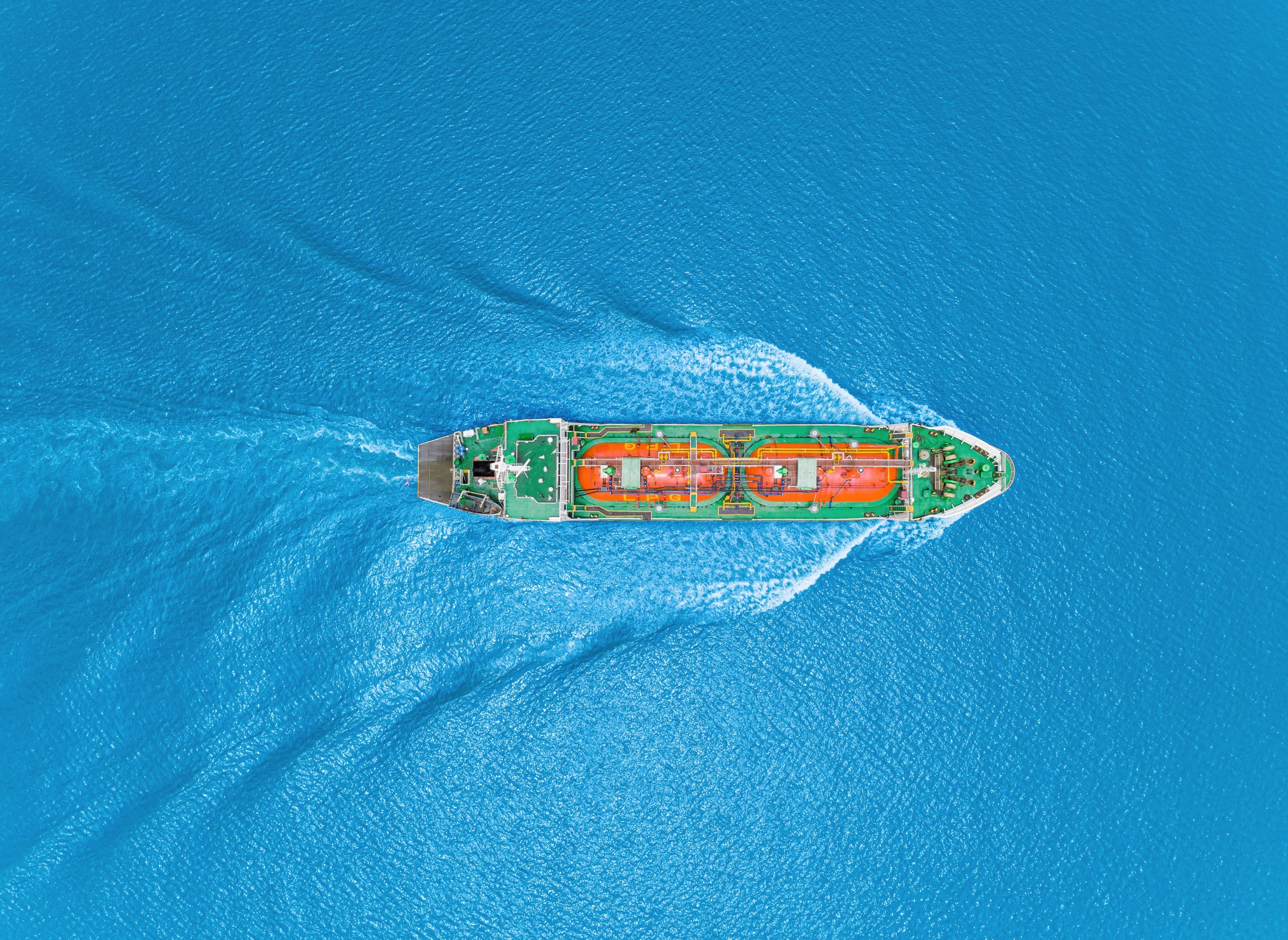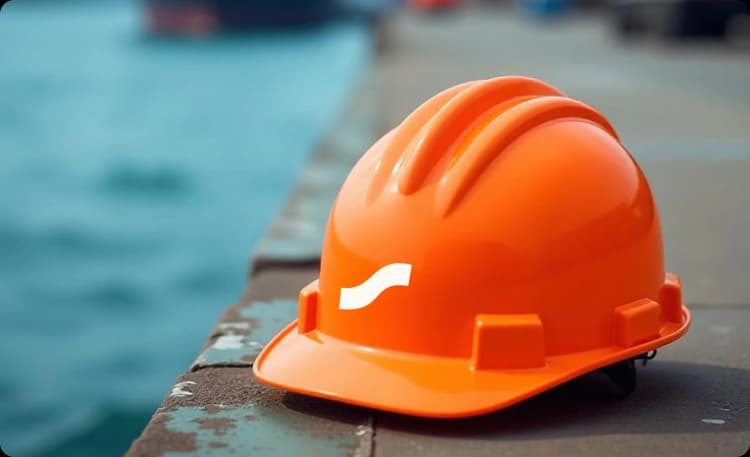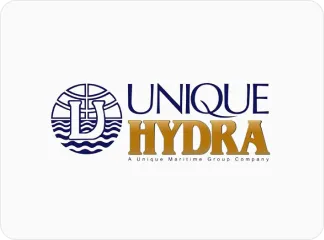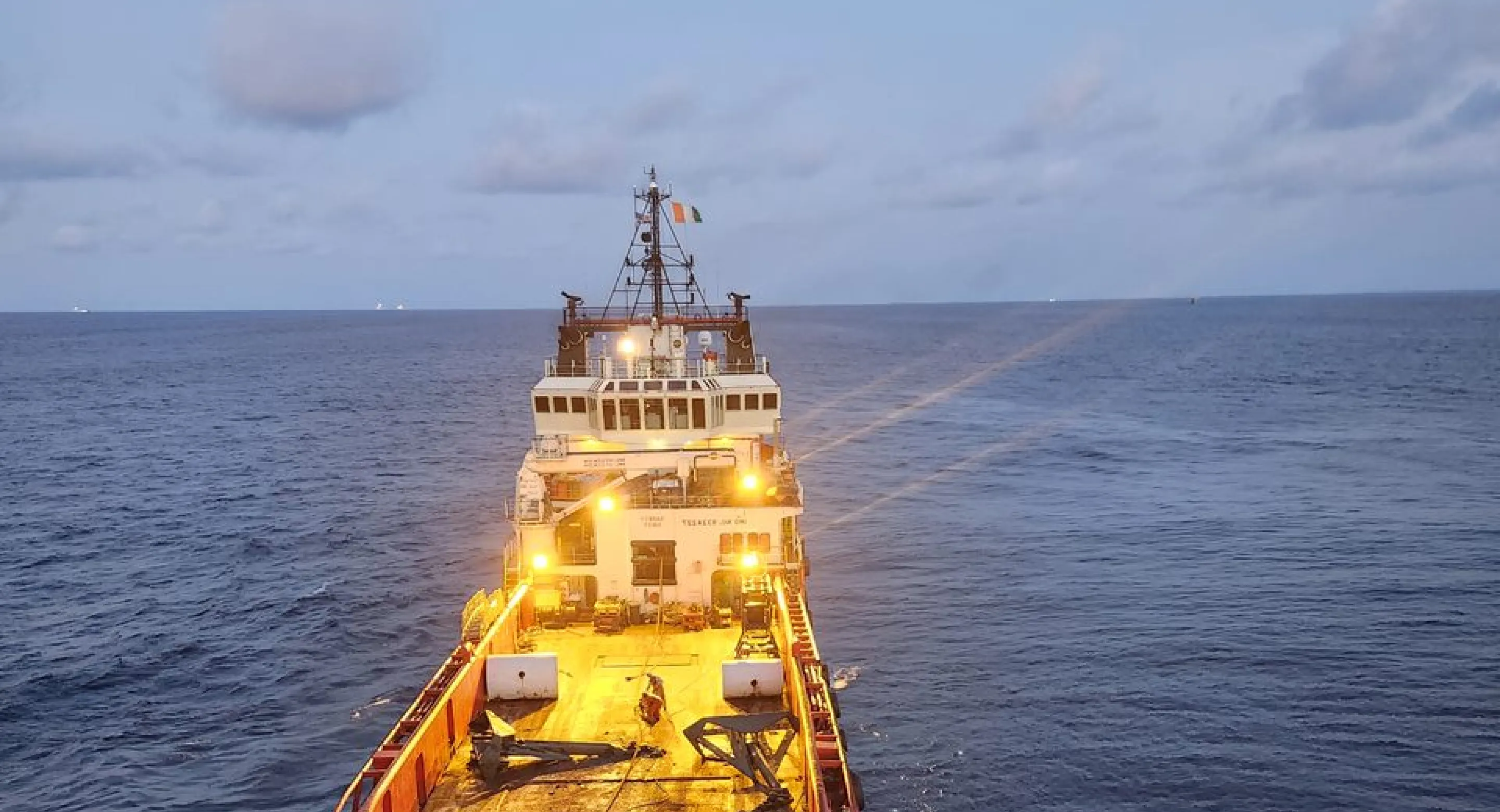
Expertise You Can Trust, Excellence You Can See.
Delivering superior solutions for Underwater Hull Cleaning, Diving and ROV Services.
Our Company
Our strength lie in our unparalleled multi-disciplinary approach, integrating both international and Nigerian professionals across the Marine, Construction, Oil and Gas, and Power sectors. From skilled divers and technicians to senior engineers and management, our diverse team is committed to innovation, integrity, efficiency, and competence.

our partners trust us















Our services
We are highly exclusive but not limited to Hydrographic surveys, ROV/Diving services, offshore services, procurement amongst others.
To our clients and partners
we offer innovative technology and efficient services to consistently deliver exceptional excellence.
Why
us?
"Unmatched safety record"
00+
years of experience
00+
projects completed
"State-of-the-art ROV technology"
"Customized inspection solutions"
00+
equipment leased
"Real-time data delivery"




















FAQs
Find answers to common questions about us